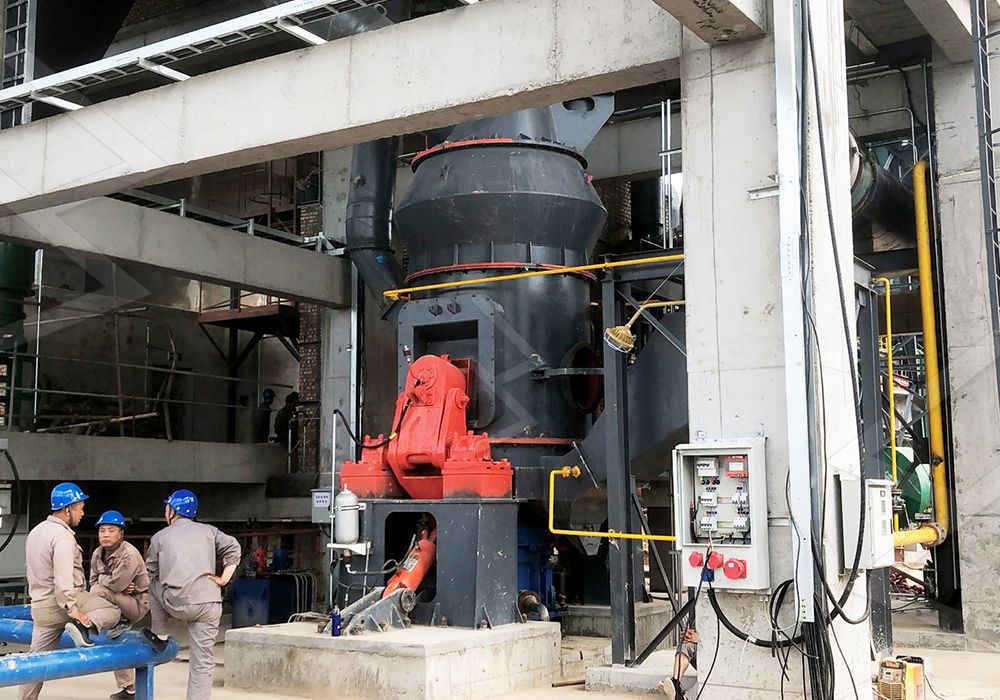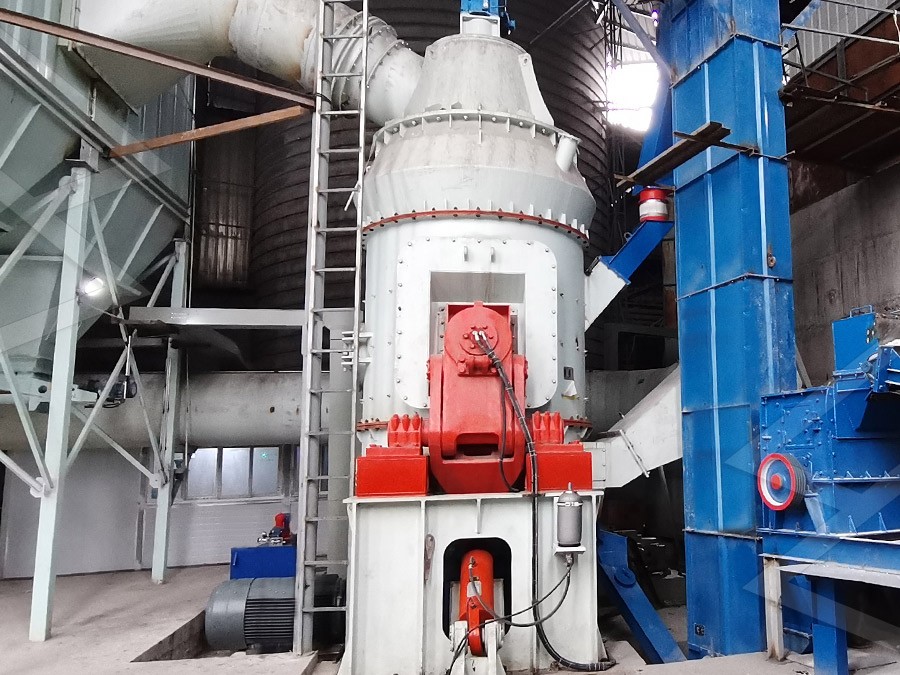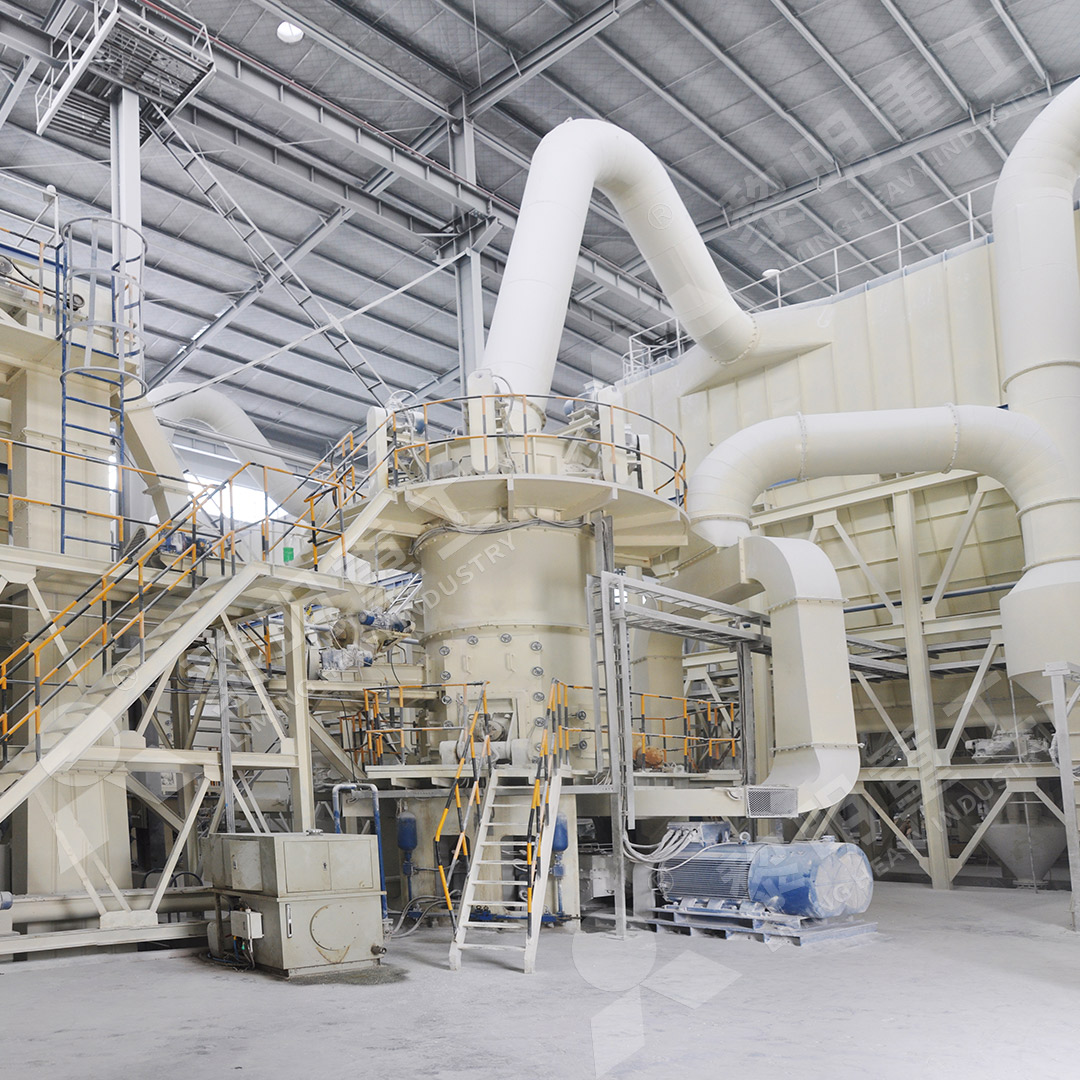Vertical Roller Mill Structure: Key Components and Design Explained
Vertical Roller Mill Structure: Key Components and Design Explained
Vertical roller mills represent one of the most efficient and widely used grinding solutions across multiple industries. Understanding their structural components and design principles is essential for optimizing performance and maximizing operational efficiency.
Core Structural Components
The fundamental architecture of a vertical roller mill consists of several critical components working in harmony. The grinding table, often called the grinding plate, serves as the foundation where material processing occurs. Mounted above this table are the grinding rollers, which apply pressure to the material bed, creating the necessary compression for size reduction.

The separator system represents another vital component, typically positioned in the upper section of the mill. This sophisticated classification device ensures proper particle size distribution by returning oversized particles to the grinding zone while allowing properly sized material to proceed as finished product. Modern separators employ advanced cage-type designs with multiple heads for precise control over fineness parameters.
Advanced Design Features
Contemporary vertical roller mills incorporate numerous design innovations that significantly enhance their operational capabilities. The absence of rolling bearings and screws within the grinding chamber eliminates common failure points and reduces maintenance requirements. External lubrication systems enable continuous operation without shutdowns for maintenance, while innovative grinding curves on rollers and rings optimize material-bed formation and grinding efficiency.
For operations requiring ultra-fine powder production with exceptional precision, the MW Ultrafine Grinding Mill offers remarkable capabilities. This advanced mill processes materials with input sizes up to 20 mm and achieves production capacities ranging from 0.5 to 25 tph. Its German-engineered cage-type powder selector provides exceptional separation precision, allowing fineness adjustment between 325-2500 meshes with screening rates achieving d97≤5μm in a single pass. The integrated pulse dust collector and muffler system ensures environmentally responsible operation with minimal dust and noise emissions.
Material Flow and Processing
The material journey through a vertical roller mill follows a carefully engineered path. Feed material enters through the central feed chute, descending onto the rotating grinding table. Centrifugal force distributes the material outward toward the grinding track, where the rollers apply compressive force. The ground material then travels upward with the air stream to the separator for classification.

This airflow system, powered by an integrated fan, serves dual purposes: transporting material through the mill and providing drying capacity when equipped with hot gas generators. The closed-circuit design ensures efficient operation with minimal energy waste.
Operational Advantages
Vertical roller mills offer numerous benefits over traditional grinding systems. Their compact design reduces footprint requirements by up to 50% compared to ball mills, while energy consumption typically decreases by 30-40%. The short material retention time minimizes overgrinding and reduces iron contamination, particularly important for high-purity applications.
The LUM Ultrafine Vertical Grinding Mill exemplifies these advantages with its unique roller shell and lining plate grinding curve design. Processing materials with input sizes up to 10 mm and capacities from 5-18 tph, this mill incorporates double position-limiting technology that prevents destructive impacts during operation. Its reversible structure simplifies maintenance, allowing grinding rollers to be easily moved out of the mill body for inspection and replacement of wear parts.
Environmental Considerations
Modern vertical roller mills prioritize environmental performance through integrated dust collection systems, noise reduction technologies, and efficient energy utilization. Pulse-jet dust collectors ensure dust-free operation, while specialized silencers and noise elimination rooms maintain workplace noise at acceptable levels. The completely enclosed systems operate under negative pressure, preventing material escape and ensuring clean working environments.

Frequently Asked Questions
What maintenance advantages do vertical roller mills offer?
Vertical roller mills significantly reduce maintenance requirements through designs that eliminate rolling bearings and screws within the grinding chamber. External lubrication systems enable maintenance without production stoppages, while reversible structures and hydraulic adjustment systems facilitate easy access to wear parts.
How do vertical roller mills achieve energy efficiency?
These mills employ multiple energy-saving technologies including optimized grinding curves, efficient separator designs, and integrated drive systems. The material-bed grinding principle reduces energy consumption by 30-50% compared to traditional grinding systems, while advanced powder separators minimize recirculation loads.
What fineness ranges can modern vertical roller mills achieve?
Advanced models like the MW Ultrafine Grinding Mill can produce powders ranging from 325 to 2500 meshes, with some configurations achieving particle sizes as fine as d97≤5μm. The adjustable cage-type powder selectors provide precise control over product fineness to meet specific application requirements.
How do vertical roller mills handle different material characteristics?
These mills incorporate hydraulic pressure adjustment systems that allow operators to optimize grinding pressure based on material hardness and other properties. The robust design accommodates various feed sizes while maintaining consistent product quality across different material types.
